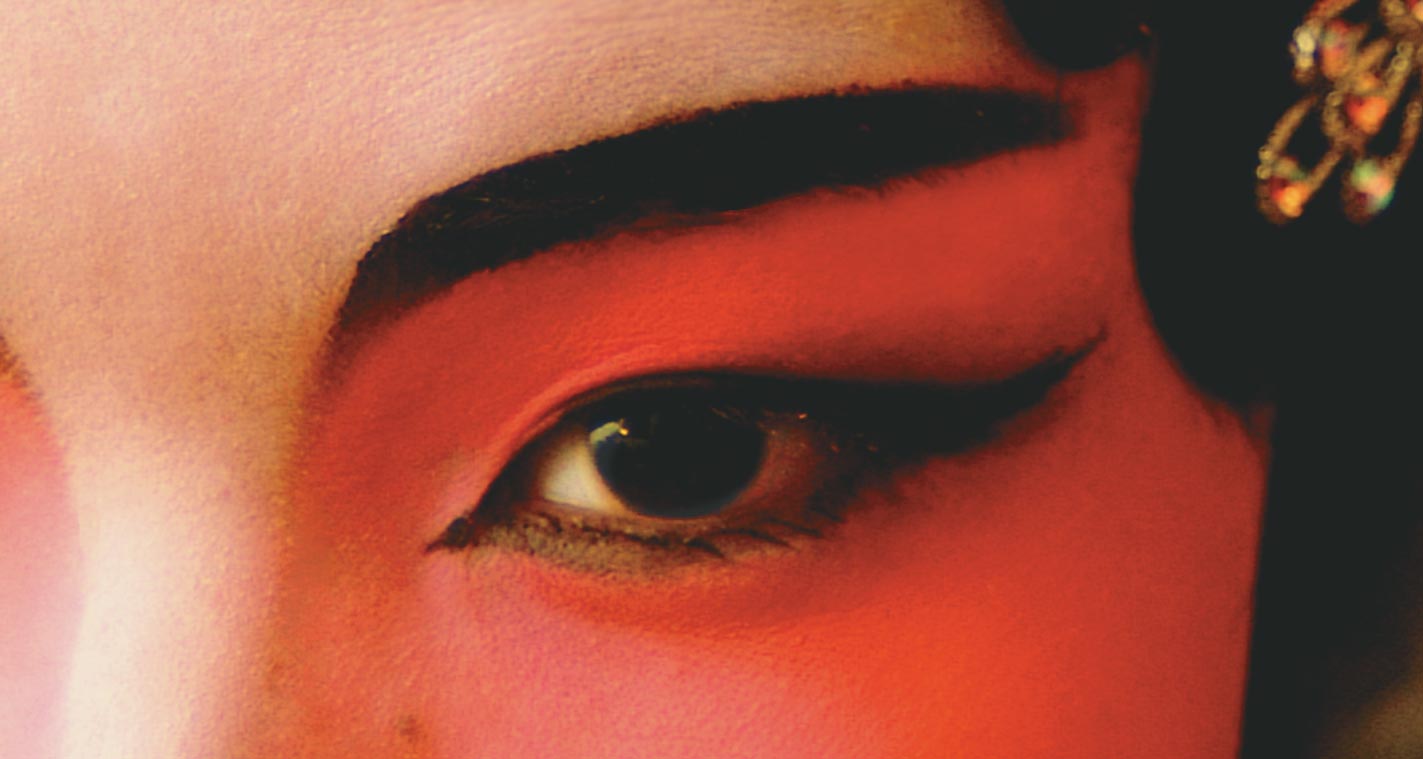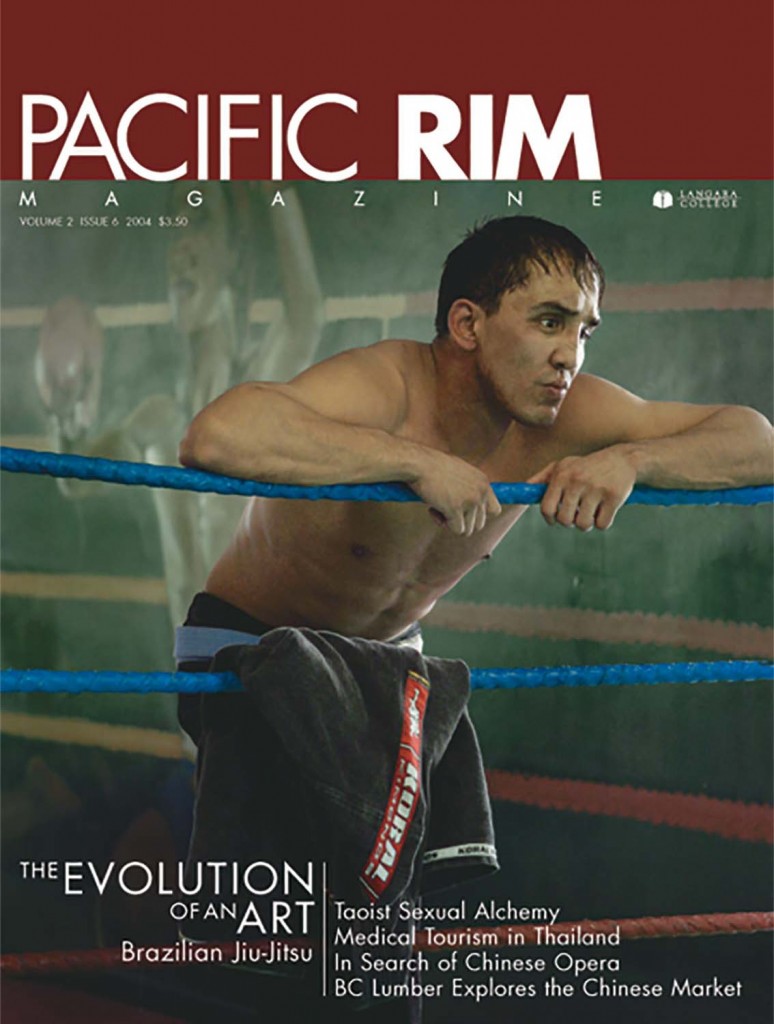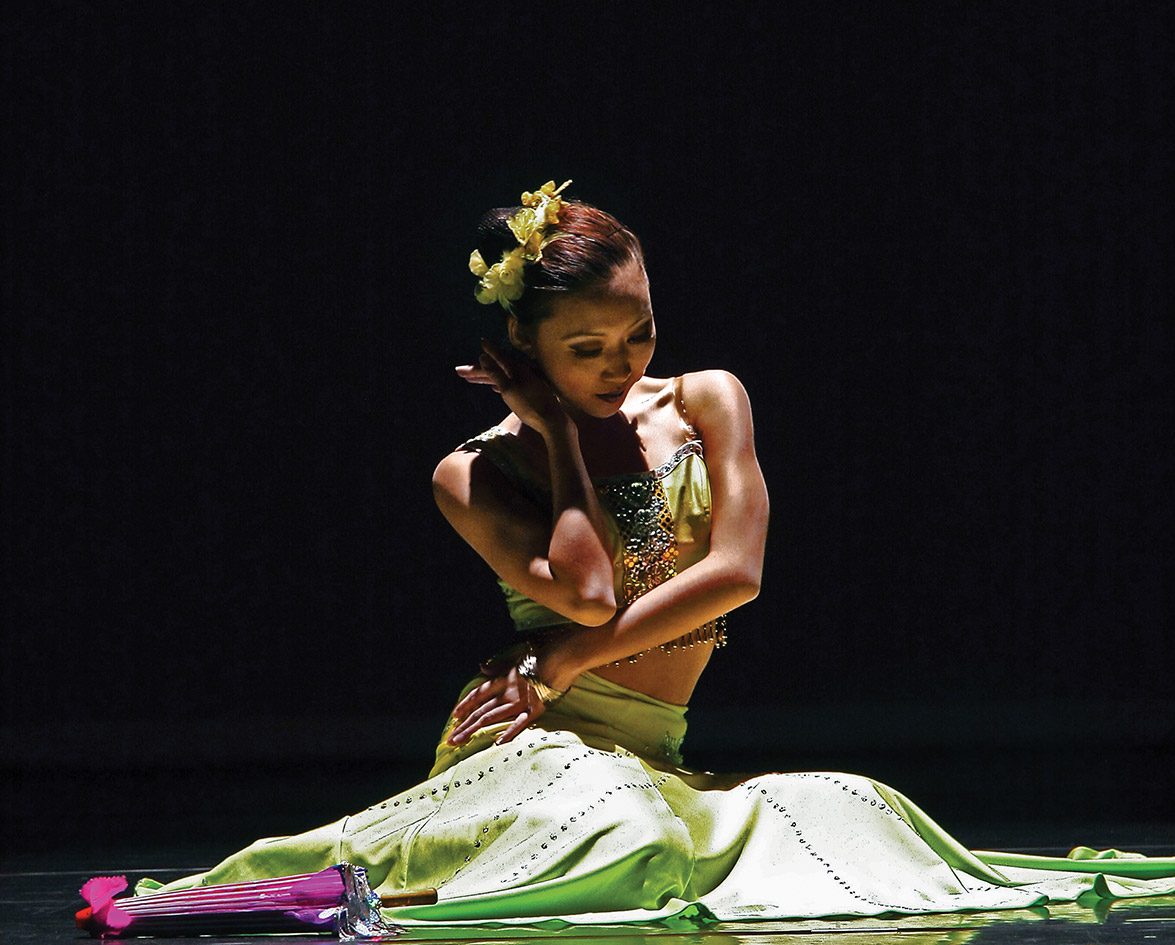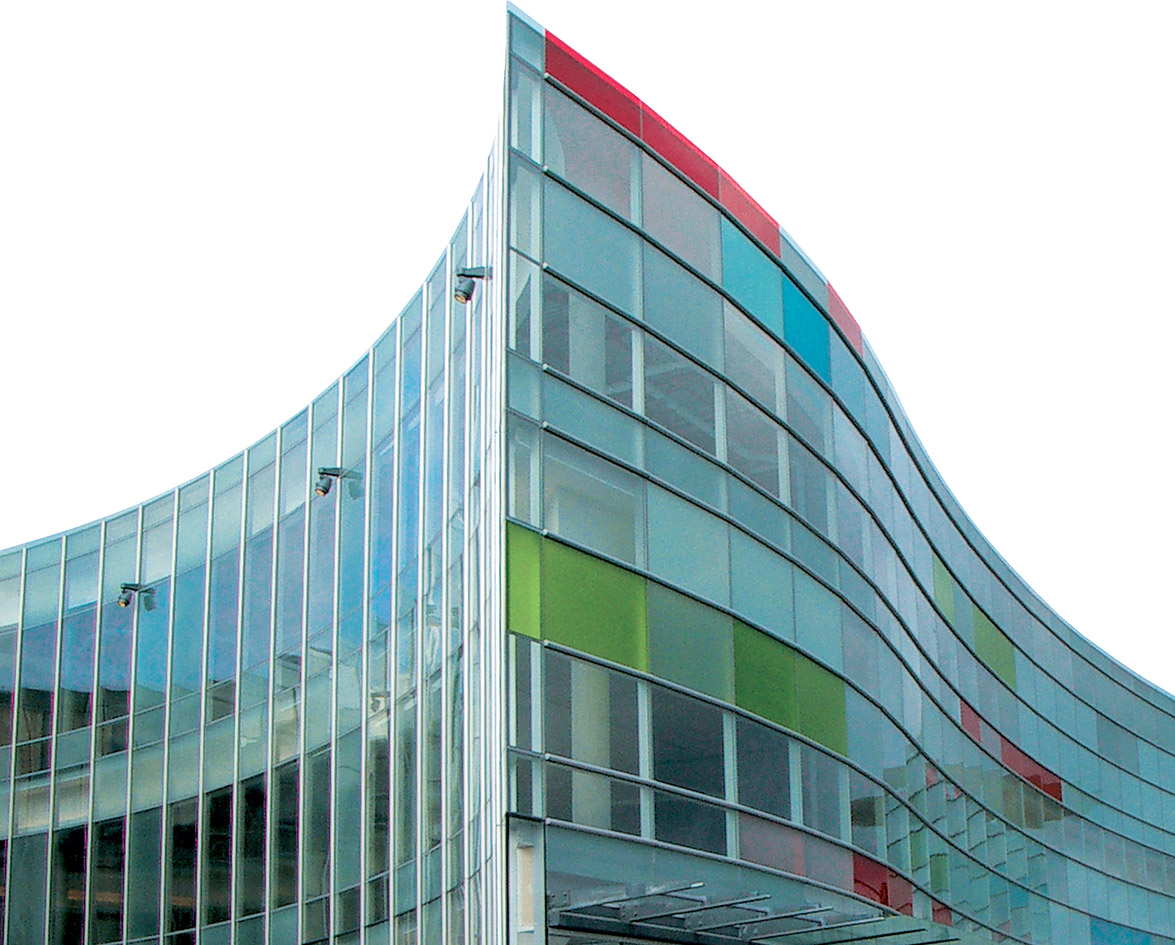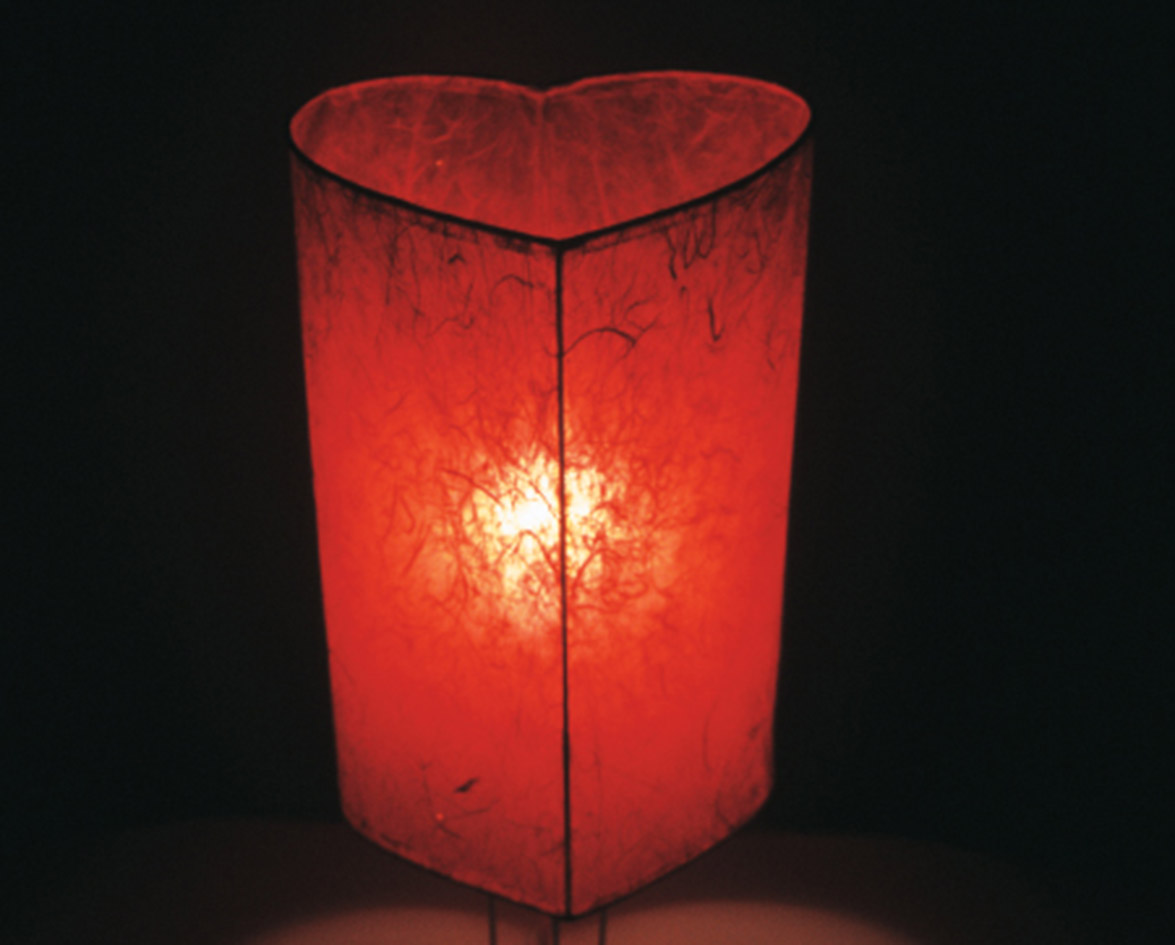Ask any Chinese person about their childhood and most will undoubtedly have some memory of Chinese opera. Whether it was the tapes that grandmother played on Sunday evenings while doing the dishes, or part of the background at family gatherings complete with mah-jong and food galore, Chinese opera is a dominant element of Chinese heritage and culture.
My first experience with the opera was at just such a family gathering. The sounds were alarming and bizarre to my untrained ears—what were these extreme tonal highs and lows? And what was the appeal? Despite my initial confusion, I soon found myself leading a mini-troupe of impersonators. With towels as extended sleeves and my mom’s blush, we rehearsed with energy, not unlike the real deal. I had the opportunity 23 years later to revisit my wonder with Chinese opera, only this time I was looking for real costumes and real makeup on real performers, not just mom’s blush.
The Elusive Chinese Opera
You would think that being a cornerstone of Chinese culture, Chinese opera would be easy to seek out. That a simple click of the mouse would do the trick—not so. As it turns out, Chinese opera in Vancouver is as mysterious as a smoke-filled basement room in Old Chinatown. There is little factual information on the few websites that exist, and a visit to the Vancouver Public Library resulted in only a handful of books on the topic. Armed with only a couple of names (but no addresses) of local Chinese opera societies, I decided to venture to Chinatown in search of a live encounter.
After making three rounds through the core of Chinatown with no success, my will was finally defeated. Bemused, tired and puzzled, I could only wonder: who does one have to know to access the elusive world of Chinese opera in Vancouver?
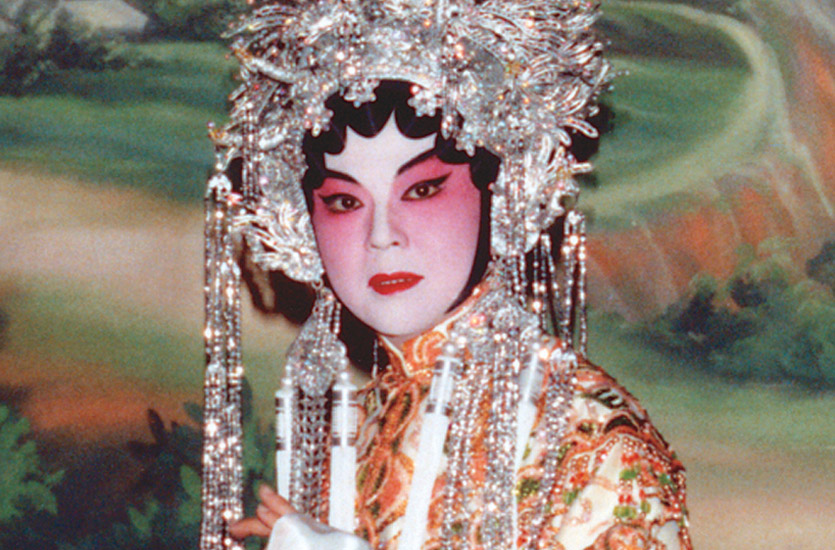
What I do know about Chinese opera, specifically Beijing opera, is that it dates back to the Ching Dynasty (1644–1911). With its roots in vaudeville-style acts, it combines both song and dance to tell the story of thousands of years of history. It is an amalgamation of mime, martial acrobatics, vivid makeup, elaborate costumes and melodic storytelling.
The typical stage setting for a performance usually consists of a table and chairs, and few props. The minimalist setting relies instead on the imagination of the audience and the miming capabilities of the actor.
Chinese opera varies greatly in style and composition from region to region. In Beijing opera, also known as Peking opera, the roles are divided roughly into four categories: sheng and ching(the male characters), dan(the female characters) and chou (the jesters). These categories are further divided based on age, singing range and temperament. It is not unusual for a woman to play a man if her demeanour is more suited to the characteristics of a male role.
The singers, dressed in elaborate and colourful costumes, are accompanied by an orchestra comprised of a variety of Chinese instruments. Their faces are carefully painted with makeup, each colour symbolizing a different quality of the character.
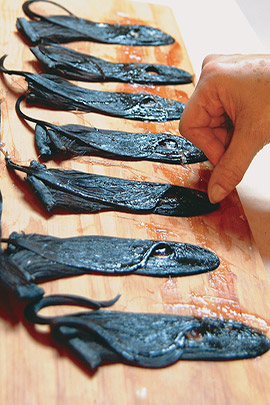
I decided to look within my own extended family for access to the opera and discovered Helen Wong. Once an active member of the Ching Wan Society in Vancouver, Wong was more than pleased to talk to me about her 14 years with the troupe. Finally, the doors had been opened into Vancouver’s elusive world of Chinese opera. With the demure mannerisms of a hua dan (one of the primary feminine roles), Wong recounted her experiences with fondness.
According to Wong, Chinese opera in Vancouver began as a means to socialize and partake in traditional entertainment. All performances were offered to the community by donation and were an occasion to bring the people of Chinatown together. These elaborate shows were put on to celebrate the coming of spring and welcome the Chinese New Year. Rehearsals were held every Sunday. Wong happily added: “The gatherings were great fun. We ate and did what we really enjoyed with good friends—it was the perfect way to socialize and stay connected with the community and our heritage.”
Officially retired from the Ching Wan Society, Wong is still involved in Chinese opera, but as an audience member. Although Chinese opera in Vancouver has taken on a more entrepreneurial role in the community, the art has remained true to its purpose of bringing people together.
Becoming a Hua Dan
Upon hearing of my fascination with the costume and makeup of the opera, Wong insisted that I pursue my childhood dream and don the ensemble of a character. She introduced me to one of her close friends from her days with the opera society, Della Tse. Another veteran of these arts, Tse wears a serious face, but conjures up a smile that could light up a dust-filled room. Tse welcomed me into her home for a transformation into a character straight out of a live performance: a princess.
With a freshly washed face, the process began. I was layered with Vaseline, a highly pigmented red cream to accent my eyes and cheeks and then with a white powder to draw out the colour on my face. The final stages were ruby red lips, newly drawn brows, and dark dramatic eyeliner worthy of Tammy Faye Baker. With a smile, Tse held up a mirror to let me have a peek. The person who stared back at me was barely recognizable.
The next step was to slant my eyes upward by tugging and tying my skin and scalp back as far as possible. Tse performed this process on me only once. “Normally, for a performance, we do this three times to get the maximum effect—it gives you a really bad headache—but on you, I’ll only do it once,” she said with a teasing smirk. The reason behind this look is “to mimic the eyes of the phoenix…exotic, beautiful and fierce.”
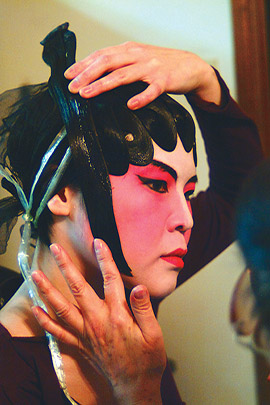
During this lengthy process, Wong and Tse reminisced over their performance days. Although their native dialect was Cantonese, they were trained to perform in Mandarin, the dialect of Beijing opera. Tse livened up the room with stories of the makeup sessions that took place before shows, causing Wong to giggle and shoosh from across the table. With the energy of two teenage girls, they recounted stories of people falling asleep during makeup sessions. Wary not to disturb my own makeup, I tried to suppress my smile. The two ladies were amused that they could make a child, as they referred to me in Cantonese, laugh at their chit-chat. When the room quieted down and I was dressed with the final touches, I could not help but feel a bond with these two women I barely knew. I finally understood the draw behind Chinese opera.
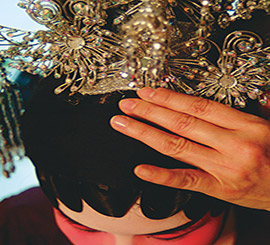
Knowing the colourful history of Chinese opera is not the key to the experience—it is so much more. Rich with storytelling and beautiful costumes, it is almost easy to overlook the obvious. Chinese opera in Vancouver has not only served to entertain familiar audiences, but newcomers as well. An experience that captivates while recreating history in time, place and culture, Chinese opera links us to a past that could not be done in a more enticing way. Bringing people together with music and entertainment, this art form is here to stay. Transcending generations and cultures, Vancouver’s Chinese opera scene is quiet but very much alive and well.





